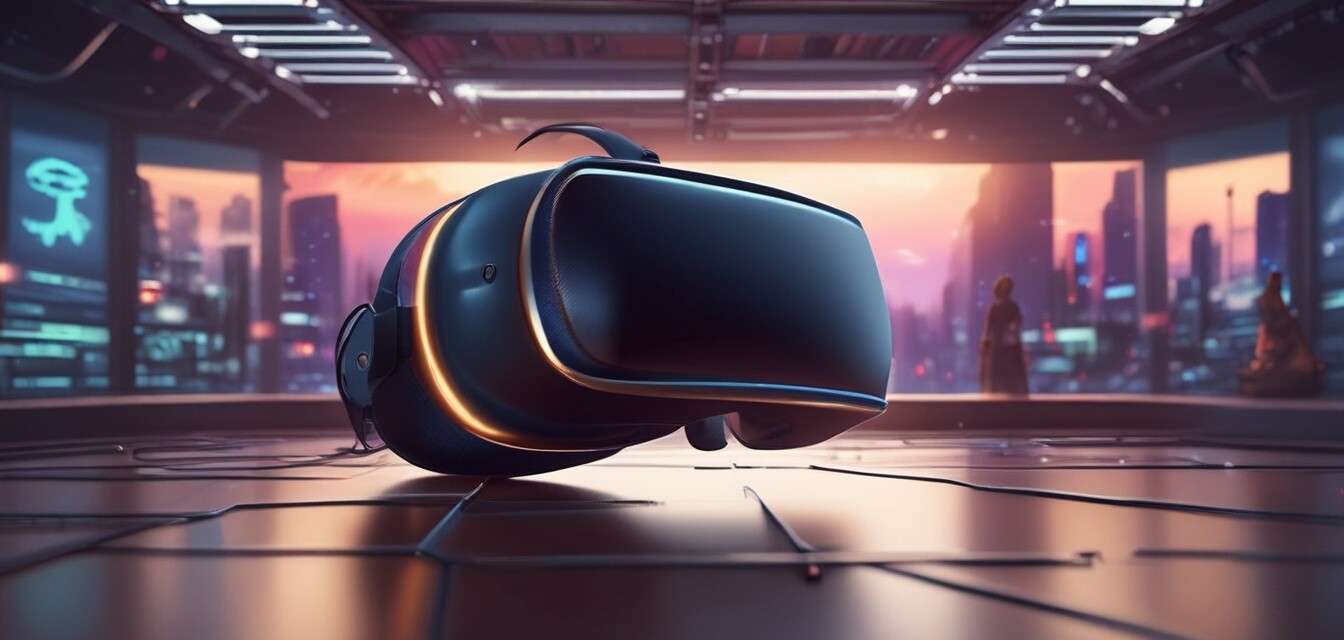
The Future of Virtual Reality Audio Experiences
Key Takeaways
- VR technology is transforming the audio experience in gaming and beyond.
- Spatial audio techniques provide an immersive sound environment.
- Emerging trends include enhanced interactivity and 3D soundscapes.
- Future enhancements may lead to widespread adoption in various industries.
The world of virtual reality (VR) is constantly evolving, and one of the most exciting aspects of this evolution is how advancements in VR technology are reshaping audio experiences. As gamers and tech enthusiasts demand more immersive experiences, audio plays a pivotal role in creating realistic and engaging environments. In this article, we will delve into how VR technology is revolutionizing audio, exploring trends, challenges, and future directions.
The evolution of audio in virtual reality
Initially, audio in gaming was limited to basic sound effects and background music, but the advent of VR technology brought about significant changes. Here’s a look at key milestones in the evolution of audio in VR:
| Year | Development | Description |
|---|---|---|
| 2010 | Introduction of VR headsets | The launch of early VR headsets began to lay the groundwork for immersive audio experiences. |
| 2015 | Spatial audio technologies | The emergence of spatial audio technologies enhanced realistic sound positioning in 3D environments. |
| 2020 | Advanced audio engines | Adoption of advanced audio engines allowed developers to create dynamic soundscapes in VR settings. |
| 2023 | Integration with AI | AI-driven audio personalization enables unique experiences for each user. |
How advancements in VR technology enhance audio experiences
The integration of advanced audio technologies in VR is leading to immersive experiences, allowing users to feel as if they are part of the virtual world. Here are some key enhancements:
- Spatial audio: This technique simulates how sound travels in real life, allowing users to hear sounds coming from different directions.
- Binaural audio: Using two microphones to capture sound creates a 3D audio experience, making users feel as if they are really in the environment.
- Adaptive audio: This dynamically changes based on user actions and interactions, further enriching the experience.
- Environmental soundscapes: Realistic sound effects mimic real-world environments, adding depth and authenticity.
Current trends in VR audio experiences
As VR technology continues to advance, several trends are emerging in the realm of audio:
"Upgrading audio experiences is no longer a luxury; it's a necessity for truly immersive VR." - Industry Expert
1. Beat synchronization
Audio experiences are increasingly being synchronized with visual elements, enhancing the emotional impact of games and experiences.
2. Multi-user environments
As VR moves towards social experiences, common audio experiences across multiple users are becoming crucial to maintaining immersion.
3. Integration with AI
Artificial intelligence is set to play a significant role in personalizing audio experiences and creating tailored soundtracks based on user preferences and interactions.
Challenges facing VR audio development
Despite the promising advancements, several challenges remain in the development of audio technologies for VR:
- Latency issues: Delays in audio response can break the immersive experience, making it critical to improve processing speeds.
- Hardware limitations: Current VR hardware may not fully support the most advanced audio techniques, limiting experience quality.
- Standardization: The lack of standard protocols for audio in VR can lead to inconsistencies and compatibility issues.
The future of virtual reality audio experiences
Looking ahead, the future of audio in virtual reality is incredibly promising. As technology continues to advance, we can expect even more innovations to take center stage:
- Greater adoption: As audio technologies improve, we can expect broader adoption across various sectors, from gaming to education.
- Next-gen hardware: Future VR headsets will likely include superior audio capabilities that enhance user experiences.
- Increased collaboration: Partnerships between developers and audio engineers will drive the creation of richer audio environments.
Pros
- Enhances overall immersion in virtual environments
- Creates dynamic and responsive audio experiences
- Increases emotional engagement with content
Cons
- Equipment can be costly for consumers
- Development challenges may slow down progress
- Not all current hardware can utilize advanced audio features
Conclusion
The future of virtual reality audio experiences is bright, with advancements and emerging trends promising to redefine how we interact with digital environments. As technology progresses, it is essential for developers and users alike to stay informed about the latest developments. To explore more about buying the latest gadgets that enhance VR experiences, check out our Audio Gadgets, or delve into our comprehensive Buying Guides for detailed insights.
By embracing these advancements, we are not only enhancing gaming experiences but also paving the way for new applications in education, training, and entertainment. Keep an eye on trends in the industry through our News and Trends section, and ensure you're ready for the future of virtual reality audio.
